There are so many “seafood-lovers” around the world, however it seems that there are few countries that have many kinds of fish in the fresh seafood section at a supermarket as well as a variety of seafood recipes such as “Steam, Grill, Boil, Fry and Raw (Sashimi)” like Japan. What about the seafood situation in other countries? With such curiosity, I looked in the supermarket in Australia to investigate.
“Green Shell Lipped Mussel” is a green gem born in New Zealand!
Mussel is a familiar shell used for Paella or bouillabaisse of Mediterranean foods and it is also popular in Japan as well these days.
*This Green Shell Lipped Mussel in New Zealand has several names. It is generally called Moule (French name) in Japan, while being called Mussel in English
Among mussels, the “Green Shell Lipped Mussel”, with green emerald colored surface, is popular in Australia. (Photo above) This jade green color is, of course, not created by some special application such as Photoshop. Mussel with Green Shell is being cultivated in the Marlboro area in the Southern island of New Zealand, after having experienced repeat selective breeding, which has a rich taste as well as nourishment including much higher omega3 and iron comparing from other mussels and many kinds of supplement containing the nourishment of this green mussel are in the shops.
Then, I found the cooked Green Shell Lipped Mussels in the cup displayed on a different shelf. It is often used for hors d’oeuvres. For your reference, the price of fresh mussels in the refrigerated display case was A$6.0 for 1kg, that means less than 600 yen per kilogram. Very reasonable price, isn’t it?
Packed sliced fish is also available.
There are fewer kinds of sliced fishes in packages compared to Japan, but I found the fish familiar to all Japanese on this day.
That was sliced “Tuna”. It can be found sometimes, but any supermarket is not necessary selling this type of fish at all times. I was lucky enough just to find it by chance on that day. However, I need to cook it well following the label mentioned “Tuna Steaks”. Unfortunately, I cannot enjoy it as Sashimi. As the price of two slices is A$10, that means almost 900 yen. Considering its quality, it seems to be a bit expensive compared to the price in Japan.
Seafood in the refrigerated display case
The seafood in the refrigerated display case is more expensive than that in Japan except mussels. Furthermore, please take a look at the sliced fishes in the left side of the below photo. Almost every sliced fish has had its skin perfectly removed and the reason why they look rather dull to me is maybe because I am Japanese.
Australia is famous for Salmon caught in Tasmania and they are selling sliced salmon with skin, even though you cannot see it in this photo.
The Salmon skin is tasty and popular among Aussies (Australians), however the Salmon with skin is covered densely with scales and so we need to remove the scales with the back of a kitchen knife every time.
Easy-cooked pasta with tomato cream sauce and mussels
Then, I will show you the receipe of easy-cooked pasta with tomato cream sauce and mussels. You can use frozen mussels as well.
* The ingredients are mentioned as below. (For 3 persons)
[Ingredients]
1) 20-25 mussels
2) 240g of Spaghetti (your favourite one)
3) 1 clove of garlic
4) 1 tablespoon Olive Oil
5) Canned Tomato (dice cut)
6) 3 pieces of anchovies (minced)
7) 3 tablespoons fresh cream
8) 1 tablespoon white wine (or Japanese Sake)
9) Minced parsley (as you like)
10) Salt and pepper (appropriate amount)
11) 1 tablespoon soy sauce
12) Grated Parmesan (if you have)
13) A chilli pepper
* Ingredients 12) & 13) are up to your taste.
[How to cook]
① Cook spaghetti in boiling hot water for 1 minute earlier than mentioned minutes on the package to be al dente.
②While cooking the spaghetti, prepare the mussels. Differing from clam or corbicula clam, mussels don’t live in the sandy place and no need to flush the sand out. Just spread the mussels on the basket to wash the slime and barbell out with tap water.
Can you recognize the above picture? Something like garbage coming out from the shell’s lips. This is the mussel’s barbell (tentacle). Remove this one and clean up with tap water.
③Cook the prepared mussels in a heated frypan without oil.
While cooking, the soup comes out from the mussels (above photo). As this soup is the essence of the tastiness, pour the soup and mussels into the bowl as soon as the shells open. As overcooking causes the stiff shell flesh, please turn off the heat when the shells open.
④Keep the cooked pasta in the basket.
⑤Remove 7-8 shells flesh from the cooked mussels and cut with a knife. A rough cut works as in below photos.
⑥Without washing the frying pan used for cooking the mussels, pour in the olive oil and add a clove of garlic. When the frying pan is heated enough, add the canned tomatoes and white wine (or Japanese sake). Then, you can add a chilli pepper if you like.
⑦When tomato sauce is cooked well, add 3 tablespoons fresh cream, instantly followed by roughly cut mussels’ flesh, soup from the mussels and minced anchovies. After being cooked for a while, a rich and dense soup becomes completed.
⑧When the soup gets simmered well with a bubbling sound, add cooked pasta and mussels for decoration. After being mixed together and heated thoroughly,It’s ready to eat.
⑨Before serving, add a tablespoon soy sauce for a tasteful flavour.
How was my report?
I hope you enjoyed my report on a part of the seafood situation in Australia where I live now. While living abroad, I can recall the wonderful Japanese seafood clearly, but there are also a variety of fish and seafood recipes in the world that are not familiar to Japanese people. I look forward to dispatching such a valuable topics for you from now.
Category
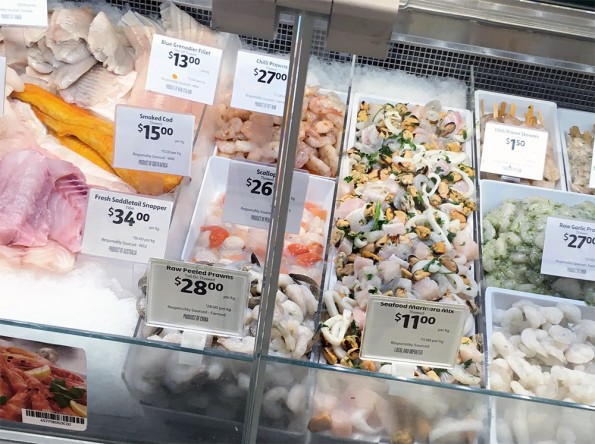
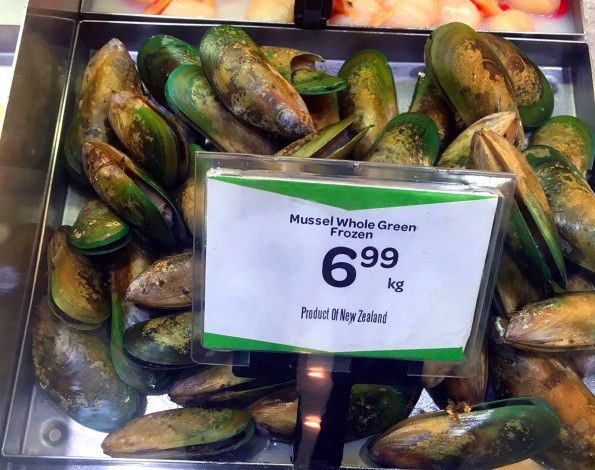
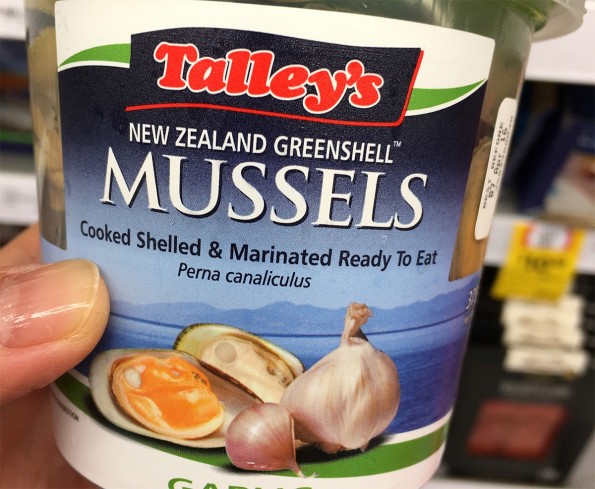
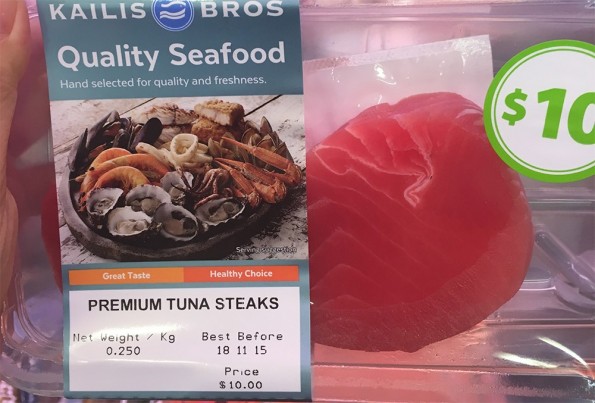
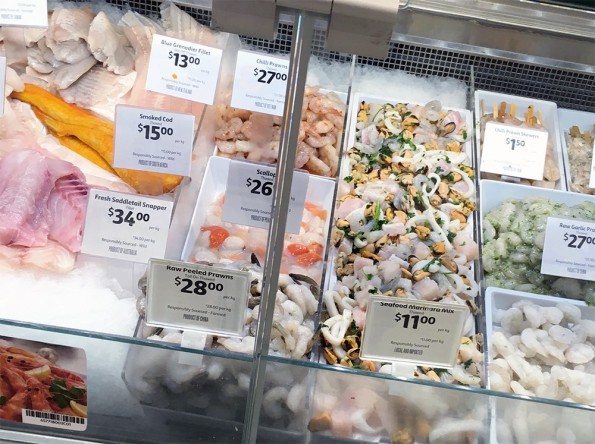



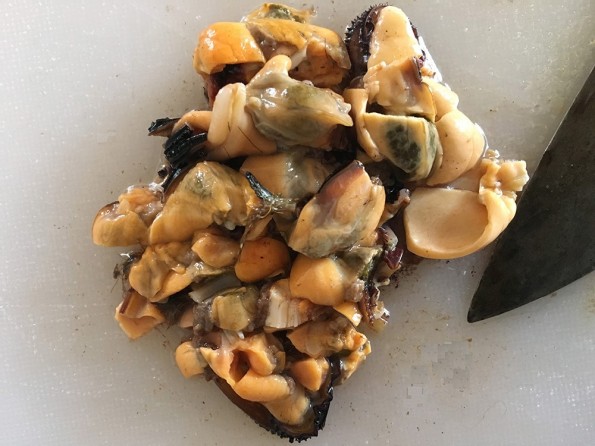
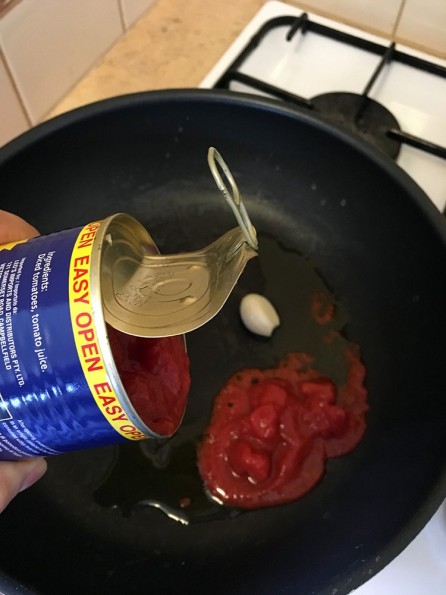
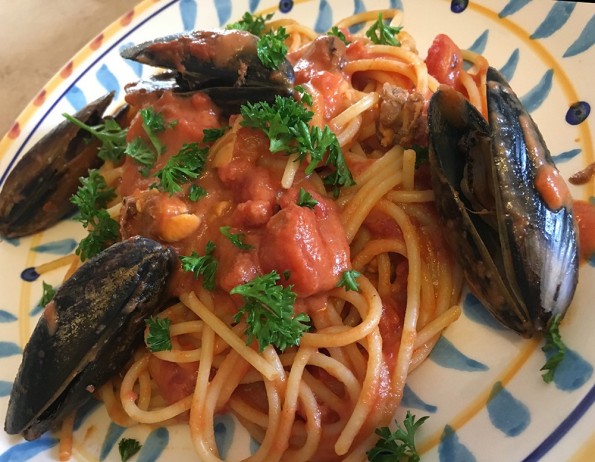


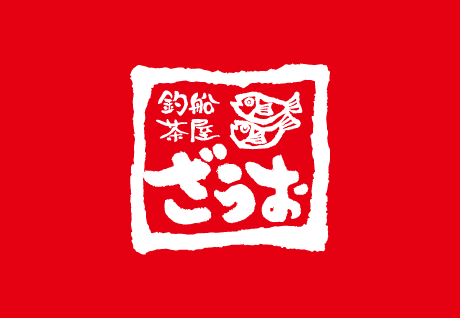




![[:ja]営業時間短縮のお知らせ[:]](https://www.zauo.com/wp-content/plugins/wordpress-23-related-posts-plugin/static/thumbs/9.jpg)
